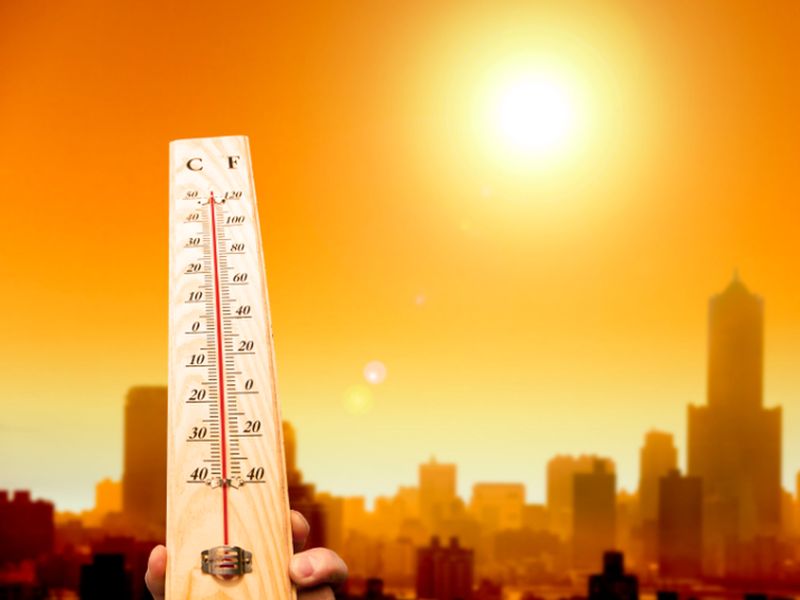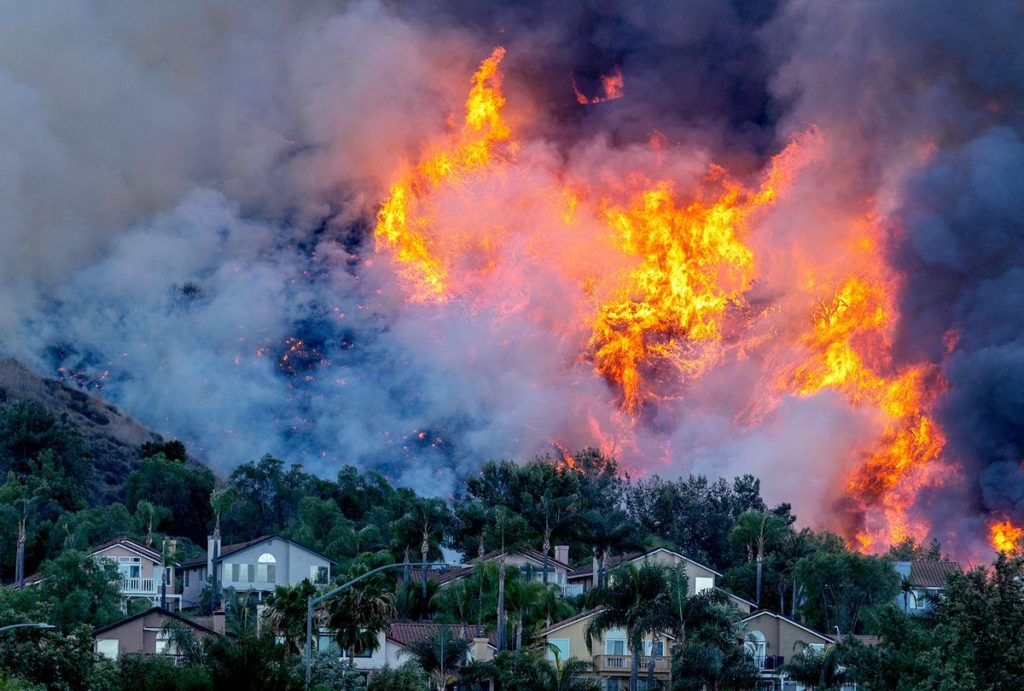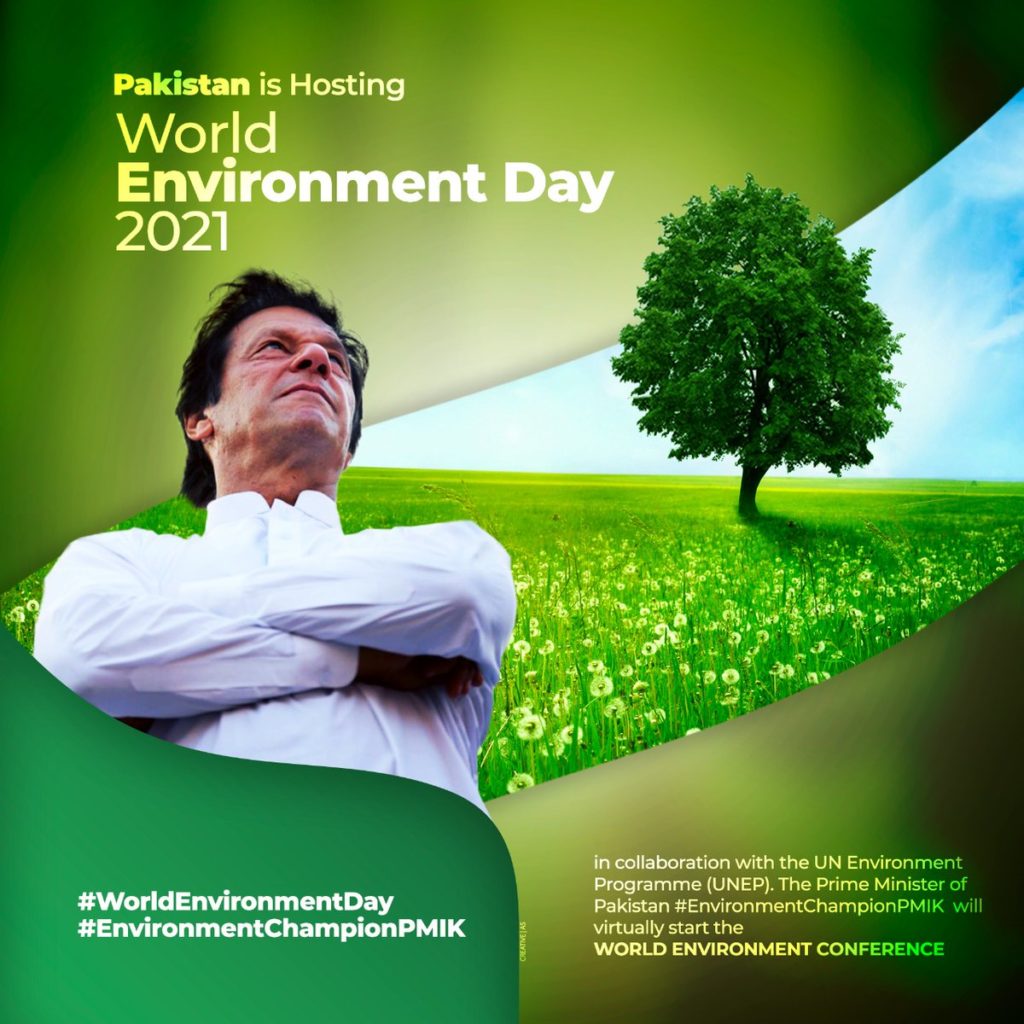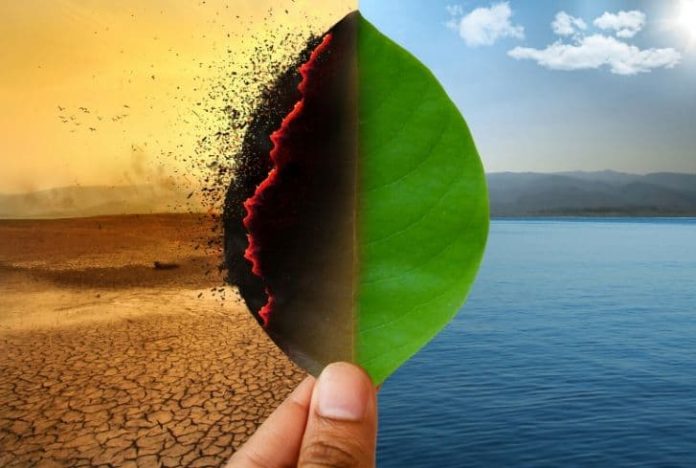1. PROLOGUE
1.1 Devastating Dimensions
The climate change crisis has deepened beyond limits and is expanding at an unimaginable speed. Statistical, mathematical and computerized models have utterly failed to comprehend the underlying disasters and this poses an alarming and existential threat to Planet Earth. The United Nations Framework Convention on Climate Change (UNFCCC) has continuously warned the global leadership about the dire necessity of preventing and controlling climate change and its devastating impacts. The withdrawal of the United States of America (USA) from Paris Climate Conference (COP 25) in 2016 proved a severe blow towards reducing CO2 emissions globally. It is encouraging to note that Biden’s administration has announced to join this.
1.2 Ever-Increasing CO2 Emissions
The National Oceanic and Atmospheric Administration has warned about the increasing trend in CO2 emissions, for example atmospheric CO2 increased from 410 ppm in 2019 to 412.5 ppm in 2020. Not with standing increased earth’s temperature, the upper layers of oceans are trapping more heat as compared to the past. This situation is extremely alarming as the oceans are not exhibiting a stability scenario among carbon, heat, dissolved gases and nutrients between upper & lower layers. Mixing among upper and lower layers has reduced up to six times. Tropical waters at the Equator are rich in marine resources but the marine life is fast migrating to cooler regions.
1.3 Growing Climate Change Dialogue
Despite the slow pace of reducing carbon emissions, this grave situation is being realized by global leaders. The frequency and level of climate dialogue have multiplied as mentioned below:
1.3.1 Climate Summit of 40 countries was arranged by USA on 22 April 2021.
1.3.2 G-7 Summit was held in the UK in June 2021.
1.3.3 United Nations (UN) declaration of Decade of Ecosystem Restoration (2021-30).
1.3.4 The UN Convention on Biodiversity (COP 15) to be held in October 2021 wherein it is expected that Global Biodiversity Framework will be approved.
1.3.5 COP 26 to be held in Glasgow (Scotland) in November 2021.
2. CURRENT STATE OF CLIMATE CHANGE
2.1 Adverse Impacts
Climate change has impacted almost the entire planet Earth. The most affected countries are from Africa, Asia and Latin America. Certain states of USA and Australian Continent are also facing the brunt. Climate risks are neither predictable nor linear. The negativities are hard to fathom. These are gigantic in scale. A few nerve breaking instances are quoted below:

2.1.1 Agriculture
Agriculture is the worst affected. Half of arable land has become unproductive. Its share towards carbon emission is about 10%. Its exposure to vagaries of climate change is second to none. This implies that the agricultural economies and businesses are suffering the most. Natural resources are threatened and fast depleting.
2.1.2 Ever Expanding Poverty
Climate upheavals bring poverty directly and indirectly. Currently 10% population of the world is living in poverty with an income of 1.4 US$ per day. They undergo hunger and malnutrition as one third of the food produced is wasted or lost. The poor cannot afford clean lifestyle, disease free society and healthy environment.
2.1.3 Unbridled Temperature Rise
A few examples are quoted as under:
- Tropical countries are experiencing heat waves of over 50o.
- Expansion in extreme events like droughts, floods, erratic monsoons and coastal and riverine flooding.
- Proliferation of rising temperatures and humidity in tropical & subtropical regions. Heat is among the most deadly in climate change.
- Because of heat wave through Pacific Northwest, USA experienced the hottest June in 127 years.
- Hundreds died in the West on account of the unprecedented heat wave in July 2021.
2.1.4 Rising Sea Level and Temperature
- Many parts of Marshal Islands and Maldives are likely to be abandoned because of the fast submergence. 20% of Bangladesh is underwater now.
- Rio de Janeiro and Hong Kong are under the crunch of intense flooding.
- Australia’s Great Barrier Reef is facing extinction and its world’s heritage status is endangered.
- On account of inflow of inland pollution acidity of oceans and seas has increased by 125%.
- In a recent heat wave an estimated 1 billion sea creatures died along coast of British Columbia.
- The Canadian West Coast has recently undergone the highest ever temperatures. India faced severe cyclones like TAUKATE on its western coast in May 2021.
2.1.5 Forestry
- The Amazon Rainforest is no more a carbon sink and emits more CO2 than it can utilize. It emits 1 billion tonnes of CO2 in a year. Deforestation rate is very high.
- Israel has destroyed existing olive oil trees, fruit trees and others in Palestinian areas. This deforestation has caused unabated desertification and soil erosion.
- Wildfires in California in July 2021
A minimum of 12 fires occurred in California in July 2021, some are mentioned below:
- Dixie Fire near Paradise Town (burned 60000 acres)
- Tamarack Fire near Markleeville (23,078 acres)
- Beckwourth Complex Fire in Plumas Forest (105,348 acres)
- Bootleg Fire (343,755 acres)
2.1.6 Unprecedented Floods
In July 2021 Germany experienced heavy flooding in which at least 100 persons died. Similarly, flood had taken death toll of 11 in Belgium. The Netherlands also suffered heavy rains.
2.1.7 Himalayan Climate
- Monsoon originating from the Bay of Bengal has become quite erratic while colliding against the foothills of the Himalaya. Thus, certain tracts receive more rains than the others. Three billion people are affected.
- Snowfall on the three mountain ranges (Himalaya, Hindukush and Suleman) lost its usual pattern. Even the summers may now receive some snowfall. Further the ice deposits are disappearing fast on account of warming. This situation has negative impact on flows in the large rivers of Sub-Continent, i.e. Ganges, Yamuna and Indus.
2.1.8 Wildlife Destruction
Thousands of FLAMINGOS have been found dead in Central ANATOLIA. Possible reasons are the deadly climate change, drought, orthodox agricultural practices and poor irrigation system. A wetland converted into dry land.
2.1.9 Surf side Condominium Building Collapse
A 12 storey condo complex collapsed on 24 June 2021, killing 97 people. Climatic upheavals are said to be the main cause of this collapse. The site was affected by storm surges, sea intrusion and hurricane winds. Corrosion by salty sea water is another reason.
3. PERFORMANCE OF MOST POLLUTING COUNTRIES
The fact remains that the highly industrialized countries are more polluters than the less industrialized countries. Similarly the larger economies of the world are causing the environment to deteriorate thus contributing towards climate change in a big way. Although the developing nations add much lesser carbon in the atmosphere yet they are the worst sufferers because of ill developed technical, financial and administrative infrastructure. The Polluters Pay Principle should be applied for salvaging the grave situation. In the following post Paris Climate Agreement (COP 25) progress review of the global most polluting countries is made.

3.1 USA
President Trump had withdrawn USA from the Paris Agreement but the present administration has once again returned to this agreement. the During April 2021 Climate Conference the US declared that it plans for a 50-52% carbon reduction by 2030 instead of previously the mentioned 26-28% reduction below 2005 level by 2025. An ambitious plan has been designed for greening infrastructure including green energy and electric transport.
3.2 UK
In the G7 Conference (June 2021) UK’s Prime Minister announced removing coal from the energy mix by 2024. This country will host COP-26 in October November 2021 in Glasgow (Scotland).
3.3 Australia
3.3.1 It maintains reduction of emissions by 26-28% of 2005 level by 2030. Ironically the Great Barrier Reef has suffered from coral bleaching, it is a popular tourist attraction. UNESCO plans to put this on the list of endangered heritage sites but Australia does not agree to such action in order to strengthen its tourism industry.
3.3.2 Australia heavily suffers from wildfires. It does not believe in carbon capture and storage.
3.4 China
China is on way to make it the largest economy of the world. It has pledged to reach peak carbon emissions by 2030 and aims to achieve carbon neutrality by 2060.
3.5 India
India’s economy is fast growing. It has market of over 1.2 billion people but it is on the way of facing the worst climate crisis especially in agriculture sector.
4. EXEMPLARY ROLE OF PAKISTAN
Pakistan hosted the World Environment Day (2021) celebrations in the global contest on June 5, 2021. It has adopted the role of a climate change champion, planting one billion trees already. With a view to minimize the impact of climate change in Pakistan (being the 5th worst affected country) it has launched a Tree Tsunami Plan under which 10 billion trees will be planted during UN Decade of Ecosystem Restoration (2021-30).
5. RECOMMENDATIONS
In view of above discourse the following recommendations are being made:
5.1 Climate change (global warming) is the common issue of humanity. There is a dire need to fight against this threat in unison notwithstanding any prejudices at any instance.
5.2 The global leaders like UN, OIC, SAARC, ASEAN, ECO, G-7, G-20 and others should work together horizontally and vertically failing which everyone may face destruction.
5.3 The nations should invest their resources for preservation of Nature and natural resources rather than spending on projects that kill life and other biodiversity. The well being and health of people should always be accorded priority over any other endeavor.
5.4 In addition to undertaking all possible strategies for management of climate change the humanity must seek Divine Mercy to protect the Planet Earth and its occupants.

BIBLIOGRAPHY
1. Global Voices
2. Google Search
3. Hussain, M., Environmental Degradation: Realities and Remedies, Ferozsons (Pvt) Ltd, Lahore (Pakistan), 1998
4. Hussain, M., (2021), Islam and Environment, Vol-I & II, The Environ Publications, Lahore (Pakistan)
5. Informed Comments
6. MNT Newsletter
7. National Geographic
8. NDMA Pakistan Briefings
9. The Environ Monitor
10. TV Channels (BBC, Al-Jazira, Pakistan TV etc.)
11. Washington Daily Briefing
12. WHO Briefings and Media





